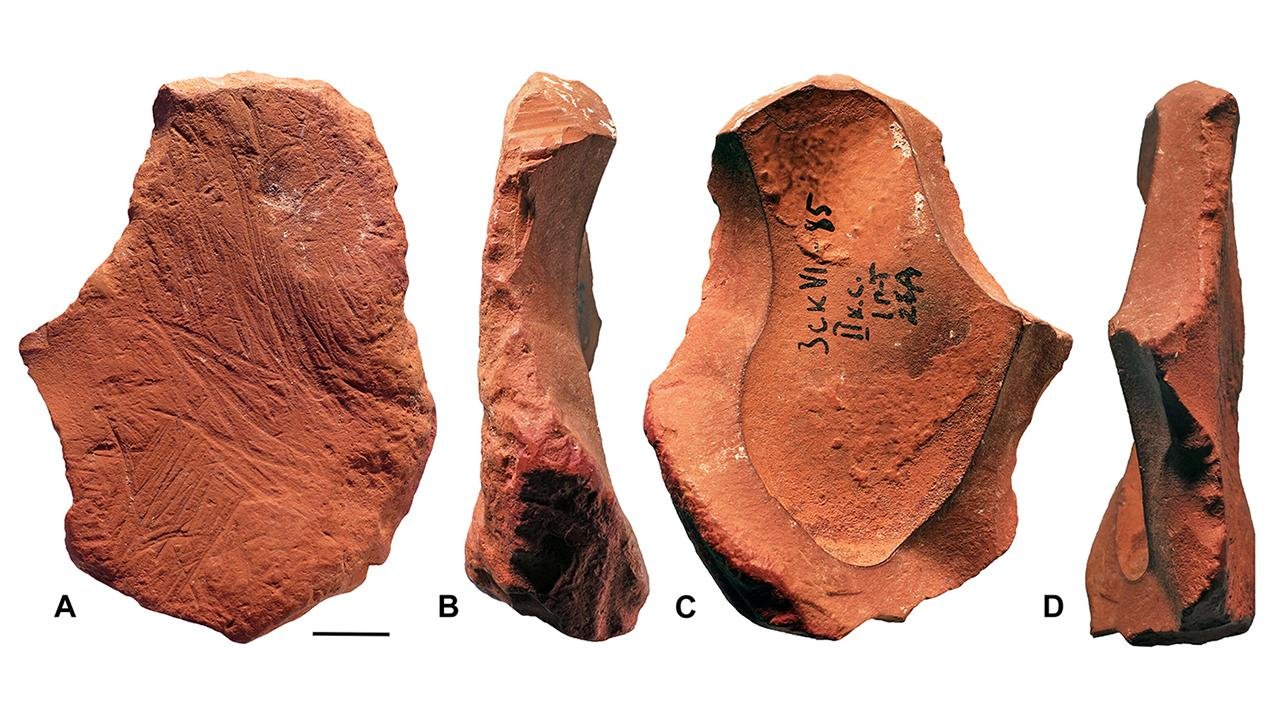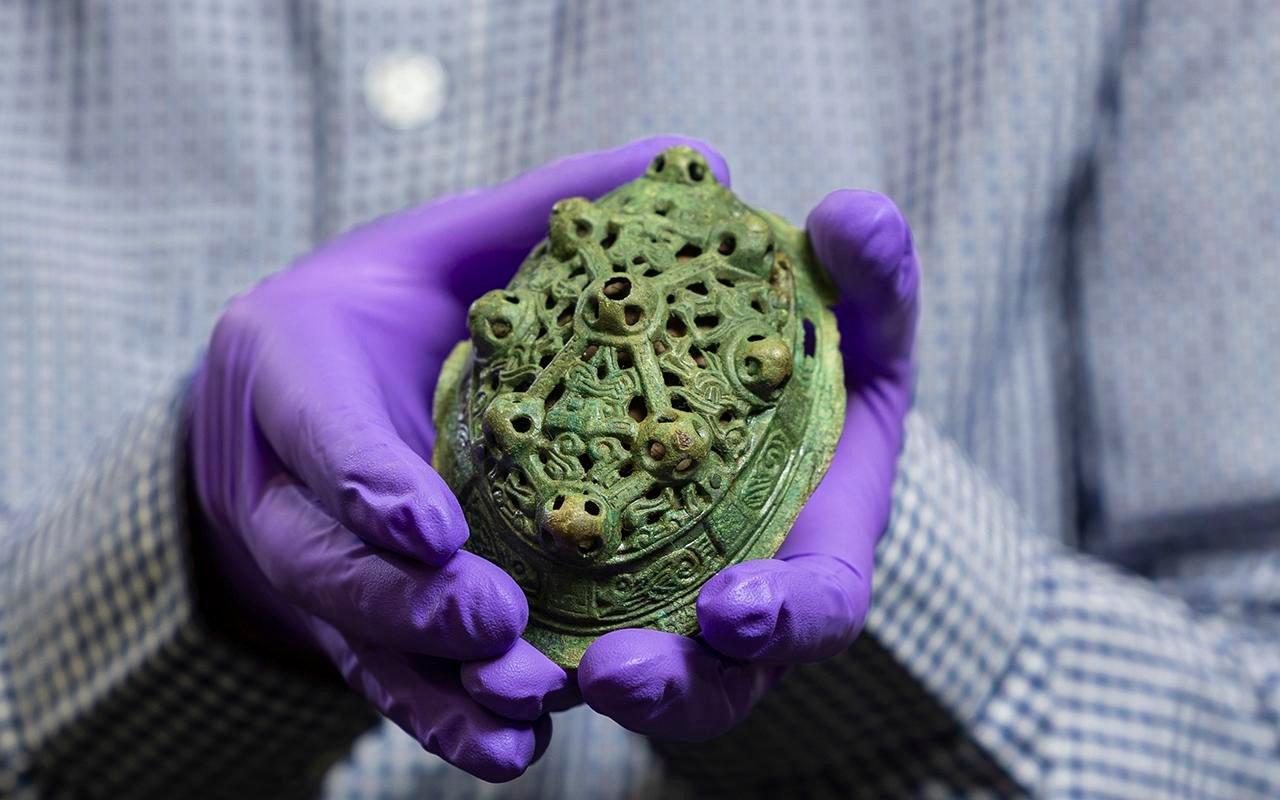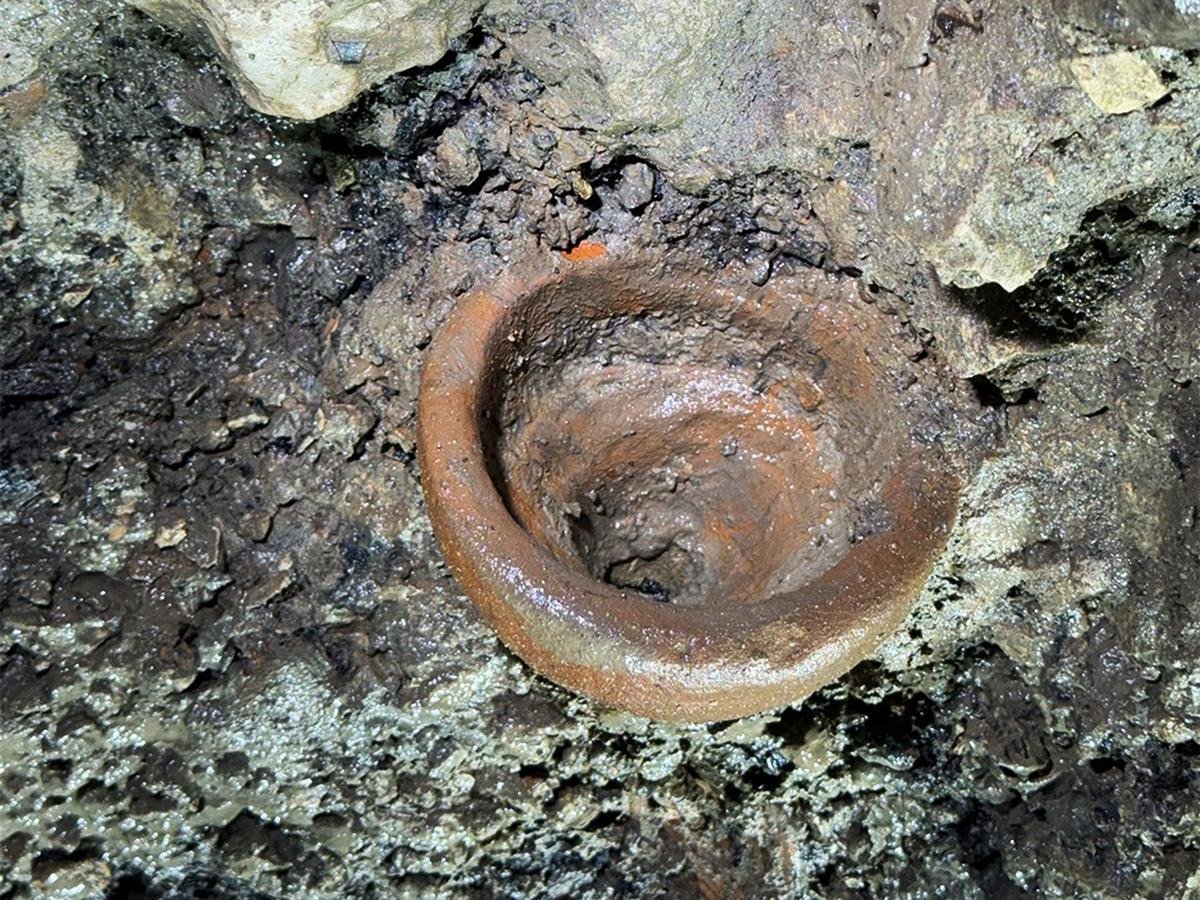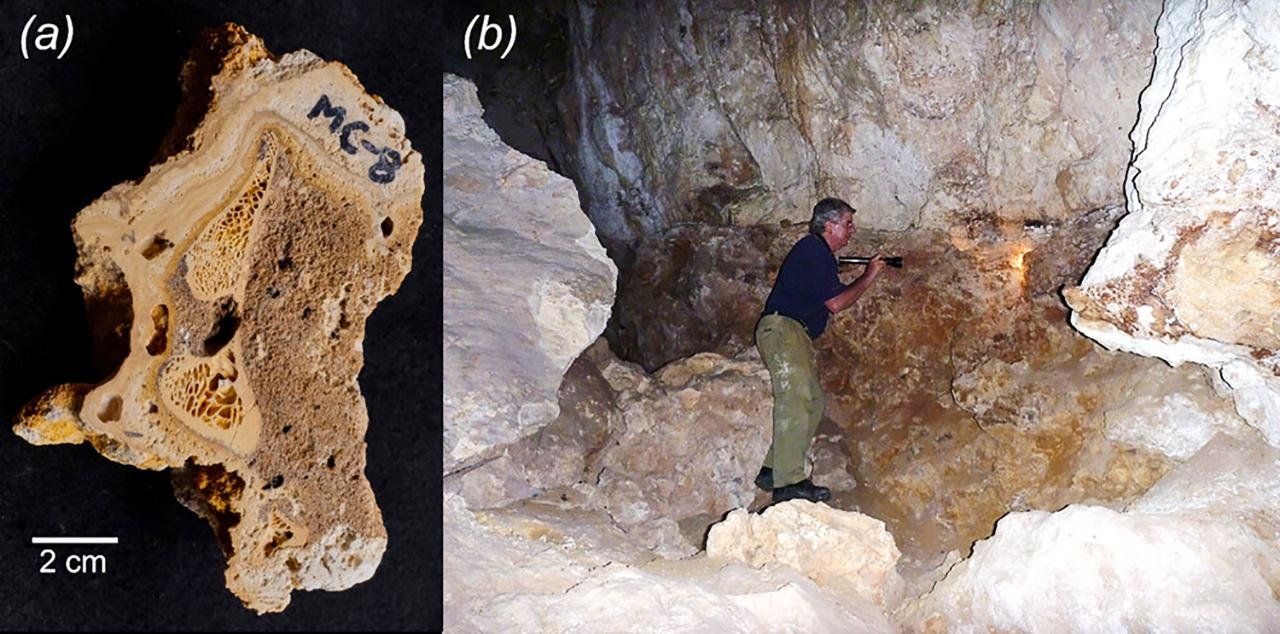A recent archaeological discovery on the Danish island of Falster has unearthed a 5,000-year-old Neolithic site, revealing a stone-paved root cellar that challenges previous understandings of early agricultural societies in Scandinavia.
 Credit: Archaeology News Online Magazine
Credit: Archaeology News Online Magazine
This find, made during railway construction near the village of Eskilstrup, has been documented by a team from the Museum Lolland-Falster and Aarhus University, led by Marie Brinch. The results of their excavation have been published in the journal Radiocarbon.
The site, known as Nygårdsvej 3, dates back to the Middle Neolithic period, roughly between 3500 and 3000 BCE. It features two distinct phases of house construction, both employing the Mossby-type architectural design. This style included large double-span roofs supported by interior posts, indicative of considerable planning and construction expertise. Phase one of the site consisted of 38 postholes, while phase two had 35, highlighting the intricacy involved in building these structures. The floors were made of compacted loam, a mixture of sand and clay, which is still used as a durable flooring material in parts of the world today.
Perhaps the most remarkable feature of the excavation is the stone-paved cellar, found beneath one of the houses. Measuring approximately 2 by 1.5 meters (6.5 by 5 feet) and situated about 40 centimeters below the surrounding ground level, the cellar was carefully constructed with a trapezoid shape. This underground structure is believed to have been used for storing food, providing a stable environment that would keep produce cool during summer and prevent it from freezing in winter. The discovery of this cellar, the first of its kind from Neolithic Denmark, suggests that the early agricultural societies of the region had a far more sophisticated understanding of food preservation than previously thought.
“The presence of this paved cellar challenges our understanding of the construction capabilities of Neolithic societies,” the researchers stated in their report. “It forces us to reconsider the complexity of their domestic structures and, by extension, their social organization.” The use of underground storage would have allowed these early farmers to prolong the shelf life of their crops and other resources, significantly improving their chances of survival during harsh winters and periods between harvests.
In addition to the cellar, archaeologists discovered more than 1,000 artifacts at the site, including flint tools, pottery fragments, and even fossilized sea urchins. The pottery fragments bear the characteristic decorations of the Funnel Beaker Culture, corroborating the site’s dating and cultural significance.
The site also revealed the remnants of a fence, marked by seven rows of postholes. While the exact purpose of the fence remains unclear, radiocarbon dating suggests that it was constructed between 3600 and 3500 BCE, predating the houses by several centuries. This finding indicates that the location had strategic value long before the construction of the dwellings, possibly serving as a fortified settlement or a gathering place for exchanging goods and forming alliances. The elevated position of the site, offering a broad view of the surrounding area, would have been ideal for both defense and monitoring the landscape.
Radiocarbon dating and advanced Bayesian modeling were used to analyze charcoal samples from different layers of the site, helping to establish a precise timeline for the construction and use of both the cellar and the fence. While the current excavation has answered many questions, it has also raised new ones about the full extent of the site’s significance. As the archaeologists note, further research is needed to determine whether the fences were part of a larger fortification or served a different purpose altogether.
More information: Brinch M, Philippsen B, Groß D, Kanstrup M. (2024). STONE-PAVED CELLARS IN THE STONE AGE? ARCHAEOLOGICAL EVIDENCE FOR A NEOLITHIC SUBTERRANEAN CONSTRUCTION FROM NYGÅRDSVEJ 3, FALSTER, DENMARK. Radiocarbon:1-25. doi:10.1017/RDC.2024.79





